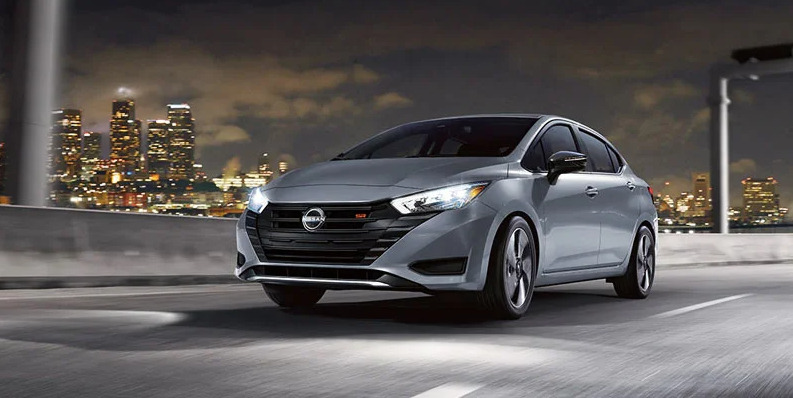In the dynamic world of automotive auctions, the value of a vehicle can swing wildly based on several factors such as brand reputation, mechanical reliability, market demand, and overall desirability. Dealers and auction buyers meticulously analyze these elements to determine which cars are worth bidding on and which are best left untouched.
This process is far from arbitrary; it’s grounded in years of experience, historical sales data, and keen market insights. Whether a vehicle will command a respectable price or barely fetch a token amount depends largely on its ability to retain value, appeal to buyers, and minimize costly repairs after purchase. Understanding which cars consistently perform well at auction versus those that are considered “worthless” is crucial for anyone involved in buying or selling vehicles through these channels.
Certain vehicles have carved out a niche as auction favorites, consistently attracting competitive bids and strong resale prices. These cars often boast renowned reliability, broad market appeal, and proven longevity. Their reputation precedes them, giving dealers confidence that purchasing these models will yield a good return with minimal reconditioning headaches.
Trucks like the Toyota Tacoma and Ford F-150, compact staples such as the Honda Civic, and lifestyle icons like the Jeep Wrangler exemplify this category. These vehicles not only offer durability but also cater to diverse buyer segments, ranging from workhorse users to outdoor enthusiasts and urban commuters.
Their consistent demand at auction underscores the importance of brand strength, vehicle versatility, and proven engineering in sustaining resale value.
Conversely, some cars face an uphill battle at auctions, frequently failing to generate meaningful interest or fetch prices that justify their acquisition. Factors such as poor reliability, expensive maintenance, limited market appeal, and steep depreciation often consign these vehicles to the undesirable “worthless” category.
Models like the Fiat 500, Chrysler 200, Nissan Versa, first-generation Cadillac CTS, and early Jeep Compass illustrate how reputational challenges and mechanical issues can severely undermine resale potential.
For dealers, these cars represent high-risk purchases due to anticipated repair costs, slow inventory turnover, and a restricted pool of buyers. As a result, they often pass on these vehicles or bid very conservatively, knowing that recovering investment costs will be difficult.
Auction performance is also influenced by broader trends in consumer preferences and technological advancements. For example, as buyers increasingly prioritize fuel efficiency and environmental impact, hybrids like the Toyota Prius maintain steady auction demand despite their niche status. Meanwhile, vehicles with poor fuel economy or outdated technology struggle to remain competitive.
Additionally, vehicles with strong aftermarket support and customization potential, such as the Jeep Wrangler, enjoy an extended lifecycle in the resale market. These evolving dynamics mean that dealers must stay vigilant, constantly adapting their strategies to align with shifting market conditions and buyer expectations.
For sellers, understanding these auction dynamics is equally important. Whether disposing of fleet vehicles, trade-ins, or personal cars, knowing which models retain value can influence decisions on when and how to sell.
Sellers can maximize returns by targeting auction windows when demand peaks for certain vehicles or by avoiding markets flooded with less desirable cars. Similarly, buyers armed with this knowledge can make smarter bids, focusing on vehicles with the best prospects for reliability and resale value.
This article delves into two contrasting groups: five cars that continue to perform well and sell at auctions, and five cars that dealers typically avoid or undervalue due to their inherent drawbacks. By exploring the characteristics that drive these outcomes, readers will gain a clearer understanding of the complex forces shaping the used car auction market.
Whether you’re a dealer, buyer, or casual enthusiast, this insight will equip you with practical knowledge to navigate auctions more confidently and make informed decisions that align with your financial and operational goals.
Also Read: 5 Cars You’ll Always Get Offers On and 5 You’ll Have to Practically Give Away
5 Cars That Still Sell at Auction
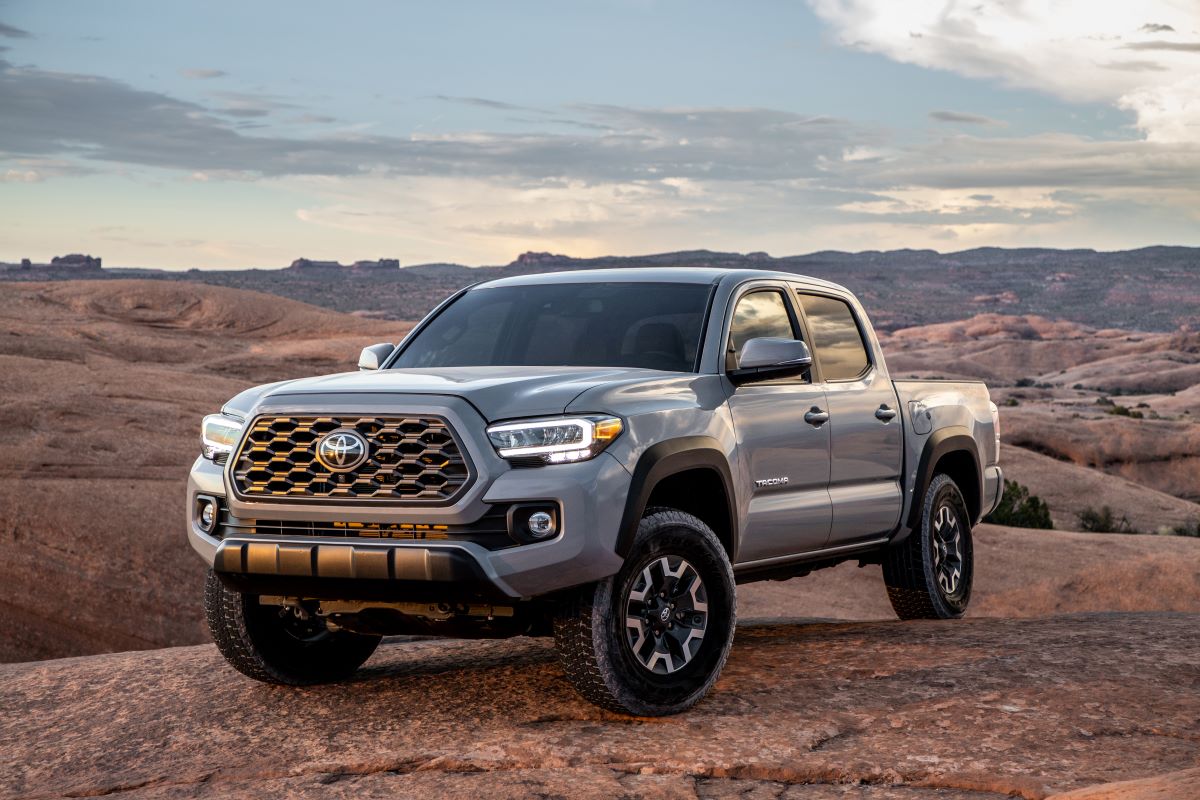
1. Toyota Tacoma
The Toyota Tacoma has established itself as an auction powerhouse, routinely drawing enthusiastic bids and commanding prices well above many other mid-size pickups. What makes the Tacoma such a magnet for buyers and dealers alike is its extraordinary reputation for reliability and longevity.
Tacomas are well-known for their bulletproof engines, rugged frames, and resilient suspensions, which allow many models to run smoothly well past the 200,000-mile mark. This durability means dealers see the Tacoma as a low-risk investment, since these trucks typically require fewer unexpected repairs, lowering reconditioning costs after purchase.
This predictability allows dealers to confidently bid higher, knowing they can turn around and sell the truck relatively quickly to a wide audience that values dependable, versatile trucks.
Beyond mechanical toughness, the Tacoma appeals at auction due to its versatility and broad market demand. It’s equally at home on urban streets, construction sites, and backcountry trails, appealing to a wide demographic.
From contractors who need a dependable daily workhorse to outdoor enthusiasts craving a rugged off-roader, the Tacoma’s reputation spreads across multiple buyer profiles, ensuring steady demand.
Additionally, the truck’s compact size—small enough for easy city maneuvering but still offering serious hauling capacity—makes it a practical choice for many buyers, which translates into rapid turnover and aggressive bidding at auction. Dealers are well aware that Tacomas rarely linger on the lot, further fueling their enthusiasm to snap them up whenever available.
Another major factor that keeps Tacomas in high demand at auction is the strong brand loyalty Toyota enjoys in the pickup segment. The Toyota badge symbolizes quality, and many buyers actively seek out Tacomas because they’ve heard firsthand accounts of their durability and ease of ownership.
Even higher-mileage examples can attract premium prices because the market recognizes that a properly maintained Tacoma will likely last another 100,000 miles or more without major mechanical failures.
This confidence in long-term value retention reinforces bidding competition at auctions, often driving Tacoma prices upward, and solidifying their status as one of the most desirable used trucks dealers want to buy back time and again.

2. Honda Civic
Few vehicles maintain their auction appeal as consistently and widely as the Honda Civic. The Civic’s enduring popularity stems from a combination of mechanical reliability, fuel efficiency, and broad demographic appeal, making it a staple on dealer auction lists nationwide. These cars are renowned for their exceptionally reliable engines and transmissions, which can run smoothly for several hundred thousand miles with routine maintenance.
This reliability is crucial at auction, where buyers look for vehicles that require minimal repairs and can be turned around quickly for resale. Honda’s consistent engineering quality means that many Civics—whether older models or recent trims—present minimal risk to dealers, allowing for confident bidding and brisk sales.
In addition to mechanical strengths, the Civic benefits greatly from its excellent fuel economy, especially in an era when gas prices are volatile and consumers are increasingly concerned about operational costs.
The Civic’s efficient powertrains appeal to a wide array of buyers, including young professionals, students, and commuters, who prioritize cost-effective transportation.
This broad market demand translates into consistent interest at auction, where dealers know that purchasing a Civic will likely result in a quick sale to a sizeable audience. The car’s straightforward design and simplicity also make it relatively inexpensive to recondition, further encouraging dealer participation in bidding wars at auction events.
Finally, the Civic’s reputation is bolstered by its strong resale value and brand cachet. As one of the best-selling compact cars globally, it enjoys widespread recognition for quality and longevity. Honda’s loyal customer base actively seeks used Civics, particularly because many owners have positive experiences with the brand.
This loyalty is reflected at auction, where Civics often command prices higher than other compact cars of similar age and condition. Dealers understand that the Civic’s resale strength comes from a virtuous cycle of reliability, fuel economy, and consumer trust, ensuring that these cars remain auction favorites capable of generating solid returns even in competitive markets.
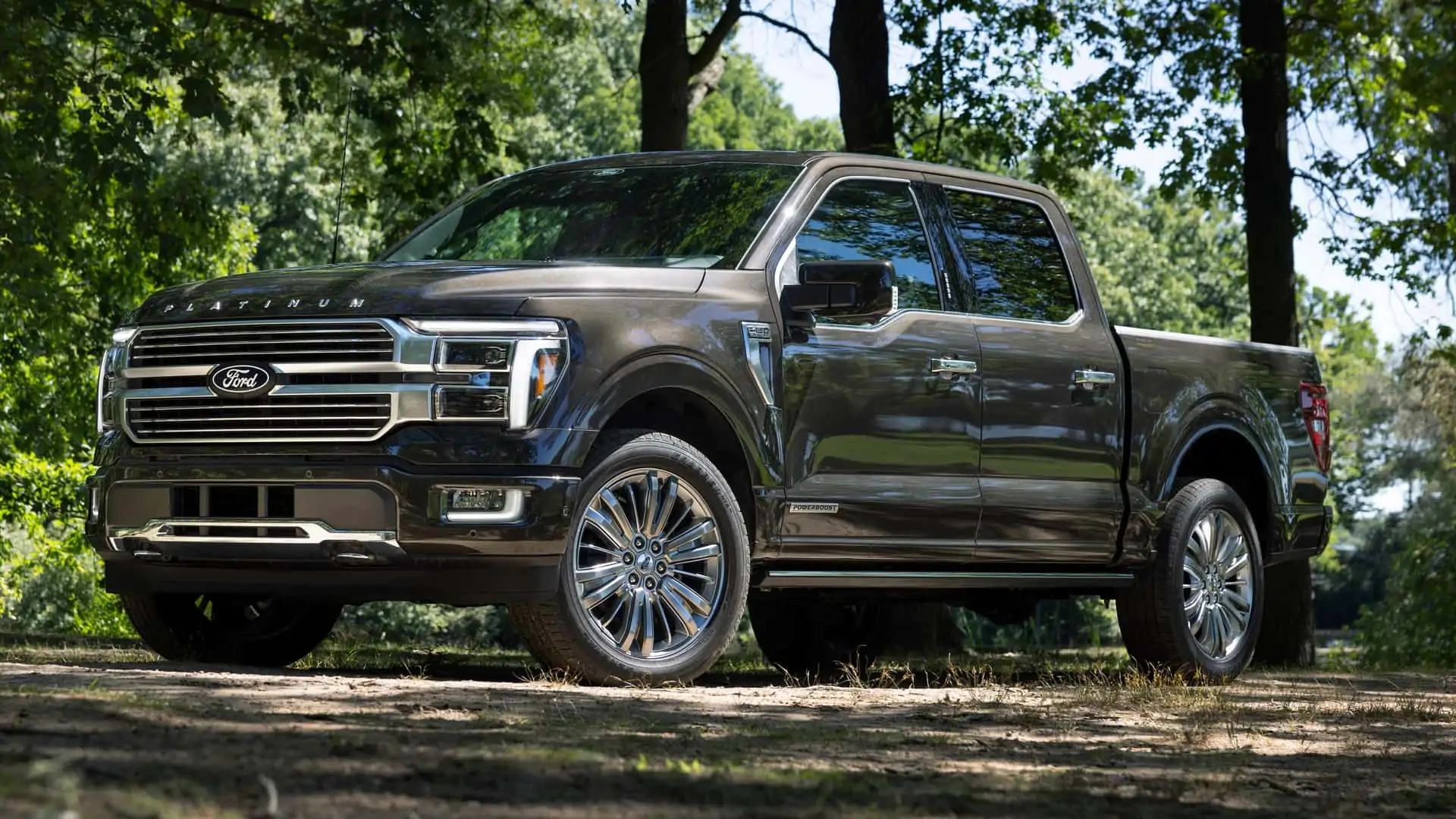
3. Ford F-150
Few vehicles embody American automotive culture quite like the Ford F-150, and its consistent dominance as the best-selling truck in the U.S. is directly reflected in its strong auction performance. The F-150’s reputation for toughness, capability, and adaptability has made it a perennial favorite among dealers and buyers at auction.
Known for handling everything from heavy-duty towing and hauling to everyday commuting, the F-150 appeals to a vast range of buyers—commercial fleets, contractors, outdoor adventurers, and families.
This vast appeal ensures that clean, well-maintained examples attract aggressive bidding and move rapidly off dealer lots, making the F-150 a reliable source of profits in the auction circuit.
The sheer variety of F-150 configurations—ranging from basic work trucks to luxury-laden models—also plays a crucial role in their auction success. Dealers know they can pick and choose models that fit specific market needs, whether it’s an affordable fleet vehicle or a high-end off-road package.
This flexibility is invaluable in the auction setting, where rapid assessment and re-marketing are essential. Furthermore, Ford’s extensive parts network and widespread familiarity with F-150 maintenance keep reconditioning costs manageable, allowing dealers to avoid surprises that can erode profits. The truck’s well-known robustness reduces the risk that expensive repairs will be needed soon after purchase, making it an attractive proposition to auction buyers.
Another factor driving the F-150’s auction popularity is the emotional and cultural connection buyers have with the brand. Many buyers consider the F-150 a trusted workhorse with proven durability, which makes it a safe bet compared to lesser-known or less dependable trucks.
This trust encourages higher bids and quicker sales, even for older or higher-mileage units. The F-150’s consistent resale value, combined with its widespread use in a variety of industries, creates a self-reinforcing cycle of demand that keeps it near the top of auction charts year after year, solidifying its place as a cornerstone vehicle dealers actively seek to buy back.
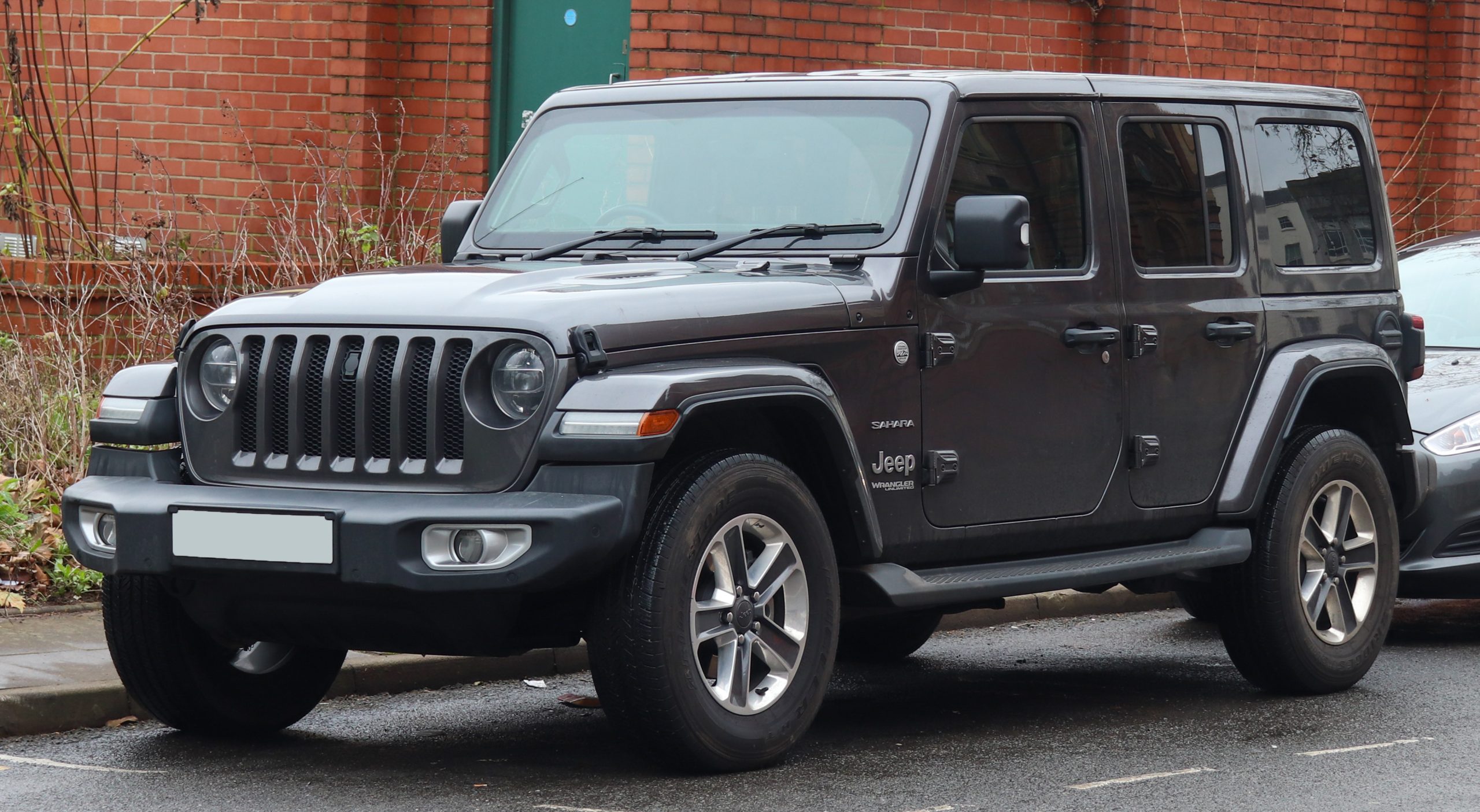
4. Jeep Wrangler
Few vehicles inspire as much loyalty and excitement as the Jeep Wrangler, and this enthusiasm is visible at auctions where Wranglers routinely attract aggressive bids and quick sales. The Wrangler’s appeal stems from its legendary off-road capability, iconic design, and unique position as both a utilitarian vehicle and a lifestyle symbol.
Buyers prize Wranglers for their ruggedness, adaptability, and the endless customization options that allow owners to personalize their rigs for trail riding, daily driving, or weekend adventures. This passionate following translates into strong demand at auction, where dealers know they can capitalize on the vehicle’s desirability.
Mechanically, the Wrangler’s durability and simplicity add to its auction appeal. Jeep has refined the Wrangler’s drivetrain and chassis over the decades, resulting in a vehicle that can withstand harsh terrain and tough conditions better than many competitors.
Parts are widely available and relatively affordable, while the Wrangler’s proven 4×4 systems mean fewer surprises in reconditioning costs. Dealers appreciate that the Wrangler’s rugged construction and loyal fan base often allow them to resell these vehicles with minimal investment and strong margins. Additionally, the Wrangler’s elevated ride height and off-road readiness attract buyers looking for a vehicle that stands apart in both function and style, keeping auction interest high.
Another key factor driving Wrangler sales at auction is its cultural cachet. The Wrangler is more than transportation; it’s a symbol of freedom and adventure. This emotional appeal creates a strong, nearly recession-proof secondary market. Buyers willingly pay premiums for Wranglers that have been well-maintained or come with desirable factory or aftermarket upgrades.
As a result, Wranglers are often some of the highest-performing vehicles at auctions, with dealers confident in their resale potential. This combination of robust engineering, iconic status, and widespread appeal ensures the Jeep Wrangler remains one of the most sought-after vehicles on the auction block.
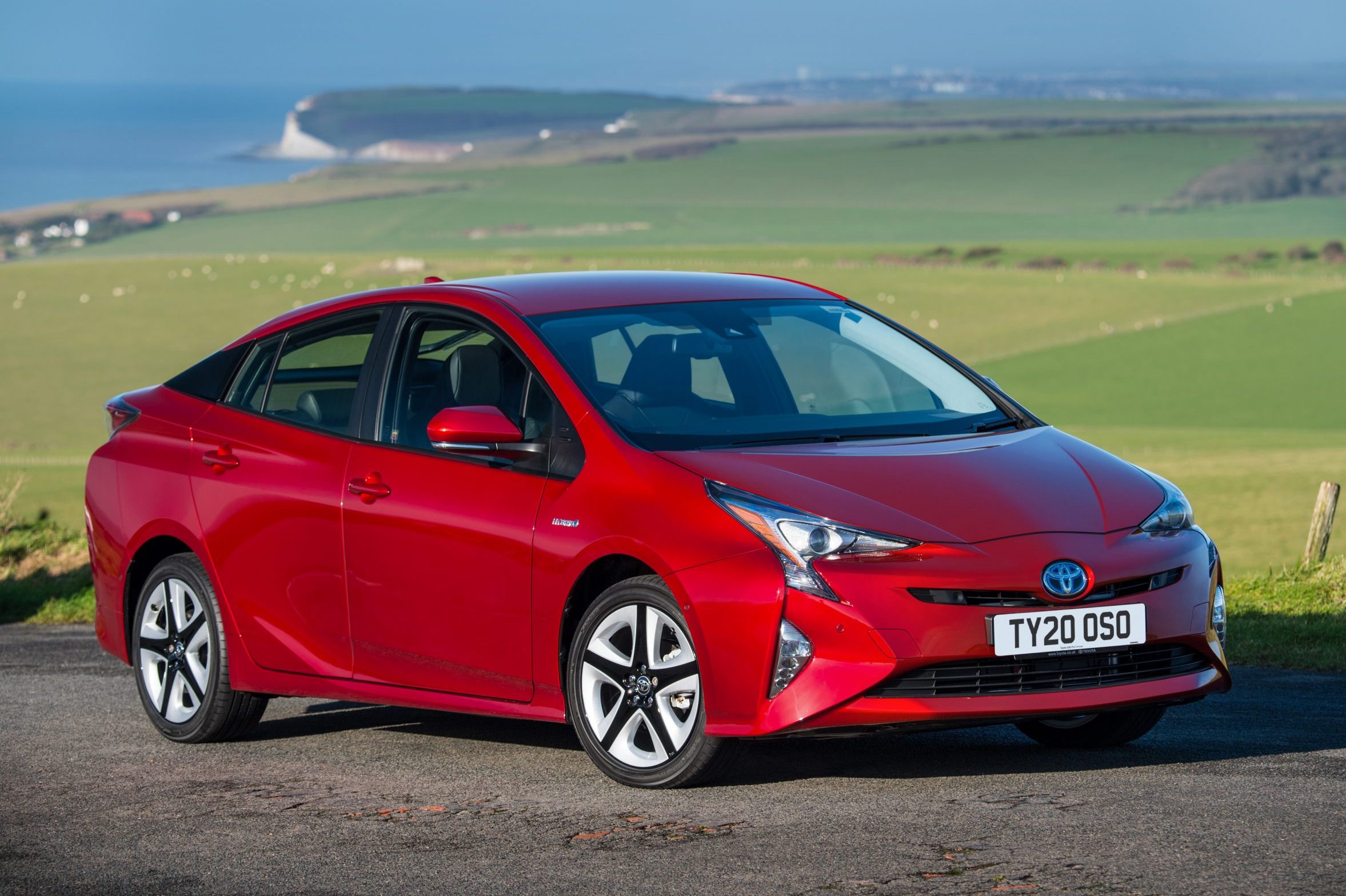
5. Toyota Prius
The Toyota Prius holds a unique position in the auction marketplace due to its status as a pioneering hybrid vehicle and symbol of fuel efficiency. Despite being a niche product in many respects, the Prius enjoys steady auction demand thanks to Toyota’s stellar reputation for reliability and the growing segment of buyers seeking economical, eco-friendly vehicles.
Dealers recognize that Priuses tend to retain value better than many hybrids or electric vehicles from other brands because their hybrid systems have proven remarkably durable over time. This reliability reduces the risk of costly battery replacements and mechanical failures, making the Prius an attractive option for those buying at auction.
In terms of operational cost savings, the Prius’s exceptional fuel economy is a major selling point, especially during periods of fluctuating or high fuel prices. Buyers who prioritize low running costs often gravitate toward the Prius, expanding its market beyond typical hybrid enthusiasts.
This appeal is bolstered by Toyota’s extensive dealer and parts network, which ensures that repairs and maintenance are accessible and relatively affordable compared to other hybrids. These factors combine to create a strong secondary market that dealers trust, making the Prius a vehicle that consistently garners interest and competitive bids at auction.
Additionally, the Prius’s broad appeal across multiple buyer groups—from environmentalists to budget-conscious commuters—helps maintain steady demand at auction. Dealers benefit from this diversity because it means quicker sales and less time spent holding inventory.
The Prius’s combination of proven hybrid technology, operational savings, and Toyota’s brand strength makes it a smart investment at auction. Even older models or those with higher mileage can perform well, securing the Prius’s position as one of the most reliable and popular vehicles dealers seek to buy back repeatedly.
5 Cars That Are Worthless at Auction
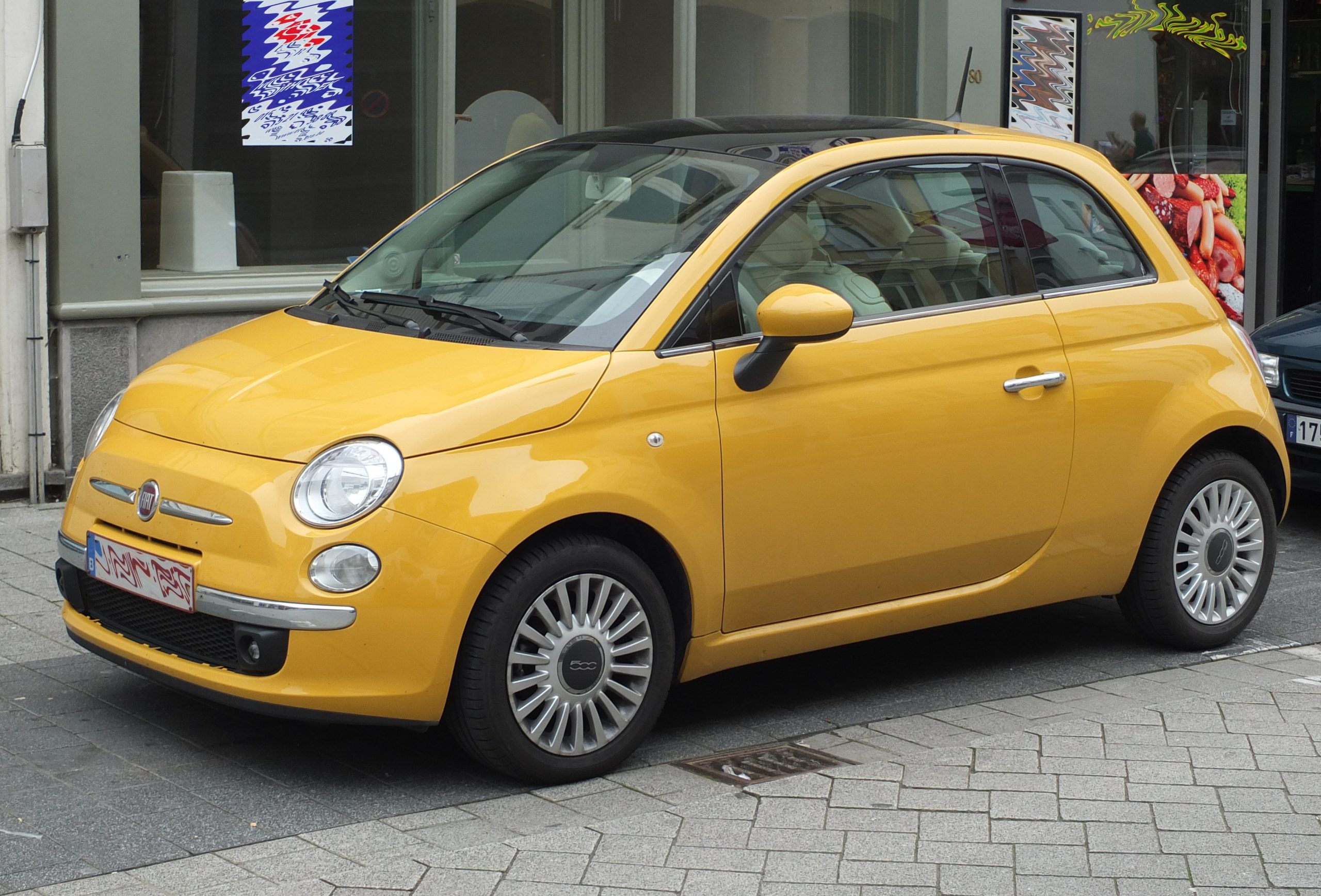
1. Fiat 500
The Fiat 500, despite its charming retro styling and compact urban appeal, consistently fails to attract strong interest at auctions and is often regarded as nearly worthless by dealers. One of the biggest factors working against the Fiat 500 is its notorious reliability issues.
The vehicle has a history of mechanical problems, including frequent transmission failures, electrical glitches, and engine troubles that can lead to costly repairs. Dealers understand that purchasing a Fiat 500 at auction often means committing to a high reconditioning budget just to make the car saleable, and with the vehicle’s weak reputation for reliability, the resale value rarely justifies those expenses.
Beyond mechanical woes, the Fiat 500’s appeal is limited to a niche market segment that tends to be quite small. Its diminutive size and quirky design don’t resonate with mainstream buyers who often prioritize practicality, performance, or brand reputation.
As a result, auction buyers see the Fiat 500 as a high-risk investment with a narrow buyer pool, making it difficult to recoup repair costs. Additionally, the availability of parts can be limited and expensive due to the car’s European origins, further driving up maintenance costs and discouraging dealers from bidding aggressively on these vehicles. This combination of high repair costs, low demand, and poor brand perception contributes to the Fiat 500’s label as a “worthless” vehicle at auction.
The Fiat 500 also suffers from steep depreciation, which significantly erodes its value even within just a few years of ownership. This rapid loss of value means that even well-maintained models are often priced so low at auction that dealers hesitate to take the risk.
The car’s fuel efficiency and urban maneuverability are often overshadowed by concerns over long-term ownership costs and overall drivability. Consequently, many Fiat 500s end up languishing at auction, unsold or sold at prices that barely cover administrative fees, solidifying their reputation as vehicles dealers generally avoid.
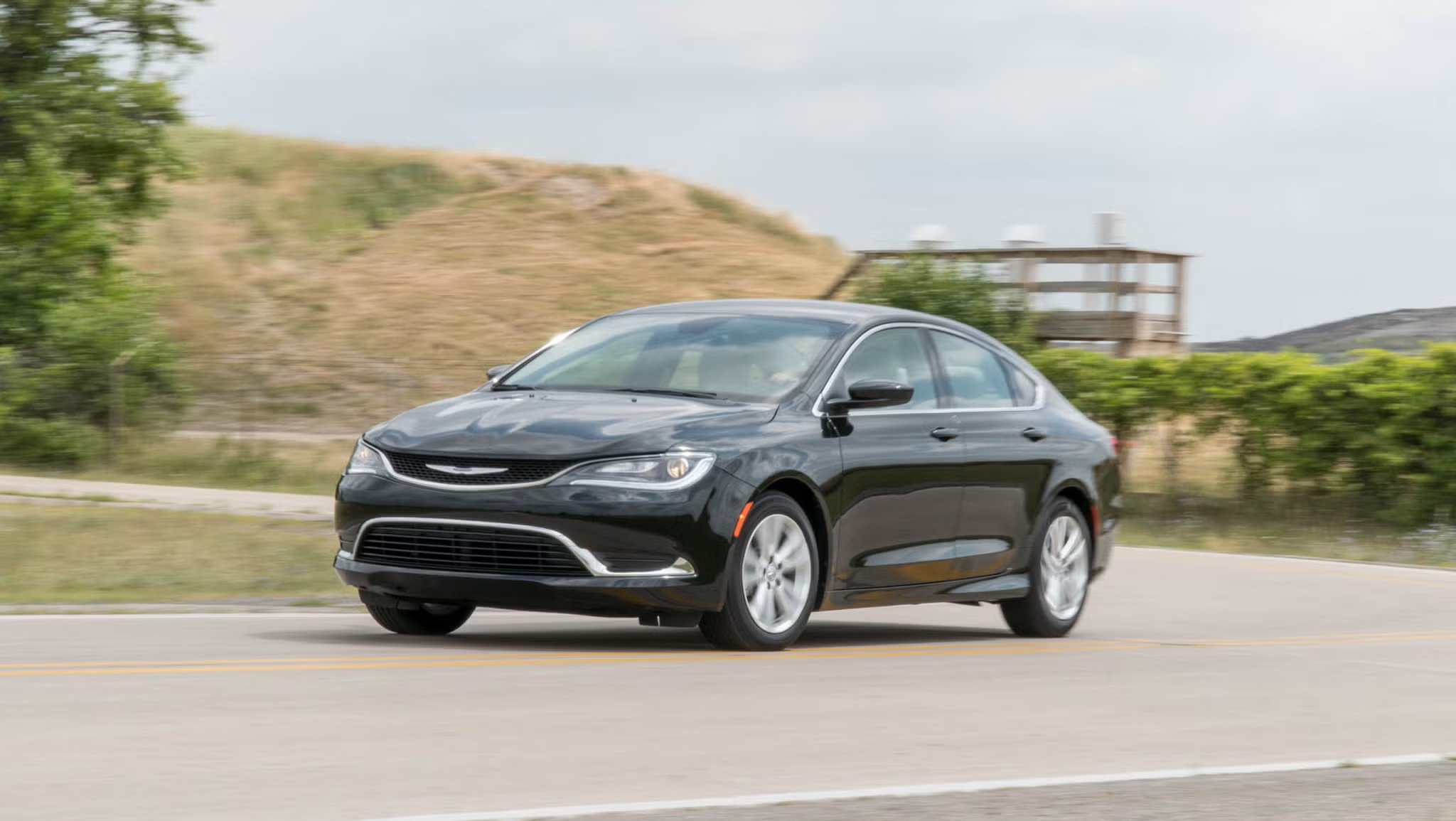
2. Chrysler 200
The Chrysler 200 is another vehicle that frequently fails to excite auction buyers, often considered one of the least desirable models on the block. Despite Chrysler’s attempt to compete in the midsize sedan market with a comfortable interior and stylish design, the 200’s chronic reliability problems have severely damaged its reputation.
Numerous reports of transmission failures, electrical system malfunctions, and poor build quality have led many dealers to steer clear of the model, knowing that maintenance and repair costs will quickly erode any potential profit margins. These issues are particularly problematic in the auction setting, where quick turnarounds and minimal reconditioning expenses are essential.
Moreover, the Chrysler 200 faces intense competition from well-established rivals such as the Toyota Camry, Honda Accord, and Hyundai Sonata—all of which boast better reliability records, stronger resale values, and more extensive customer loyalty. This competitive disadvantage translates into poor demand for the Chrysler 200 at auction, where dealer buyers prioritize vehicles with proven sales histories and predictable maintenance costs.
The 200’s inability to keep pace with these popular models in terms of reliability and ownership costs results in it languishing on auction floors, often going unsold or fetching only minimal bids.
Adding insult to injury, the Chrysler 200’s depreciation curve is particularly steep, with the model losing a significant portion of its value shortly after purchase. Buyers, both private and dealer, are reluctant to invest in these cars because of this rapid decline, further reducing demand at auction.
Even well-maintained examples rarely command respectable prices, leading many dealers to view the Chrysler 200 as a financial liability rather than an asset. This combination of mechanical issues, intense competition, and accelerated depreciation has cemented the Chrysler 200’s reputation as one of the most “worthless” vehicles at auction.

3. Nissan Versa
The Nissan Versa, often touted as an affordable entry-level sedan, suffers from a poor reputation when it comes to auction sales and resale value. While the car initially attracts budget-conscious buyers due to its low sticker price and fuel efficiency, it quickly becomes less appealing in the used car market.
Dealers frequently avoid bidding on the Versa at auctions because of its limited appeal and well-documented issues with build quality and reliability. Common problems include premature wear of suspension components, engine reliability concerns, and transmission issues, all of which contribute to higher-than-expected repair costs.
The Versa’s auction woes are compounded by stiff competition from more reliable and better-equipped competitors like the Honda Civic and Toyota Corolla. These rivals not only offer more engaging driving experiences but also boast stronger reputations for durability and lower long-term maintenance expenses. In contrast, the Versa’s cheap interior materials and uninspiring performance fail to attract enthusiastic buyers, leading to low demand at auction.
Dealers know this lack of consumer interest will translate into longer inventory holding times and reduced profit margins, making the Nissan Versa a low-priority vehicle when it comes up for bid.
Depreciation is another major factor that drags down the Nissan Versa’s auction value. Even early in its lifecycle, the Versa loses value rapidly, which dissuades dealers from investing in them at auction. While the car may seem like a practical budget option for some, the total cost of ownership often rises sharply after the first few years, due to frequent repairs and part replacements.
As a result, the Nissan Versa remains one of the least desirable cars at auction, often described as “worthless” due to the mismatch between its purchase price and its true resale potential.
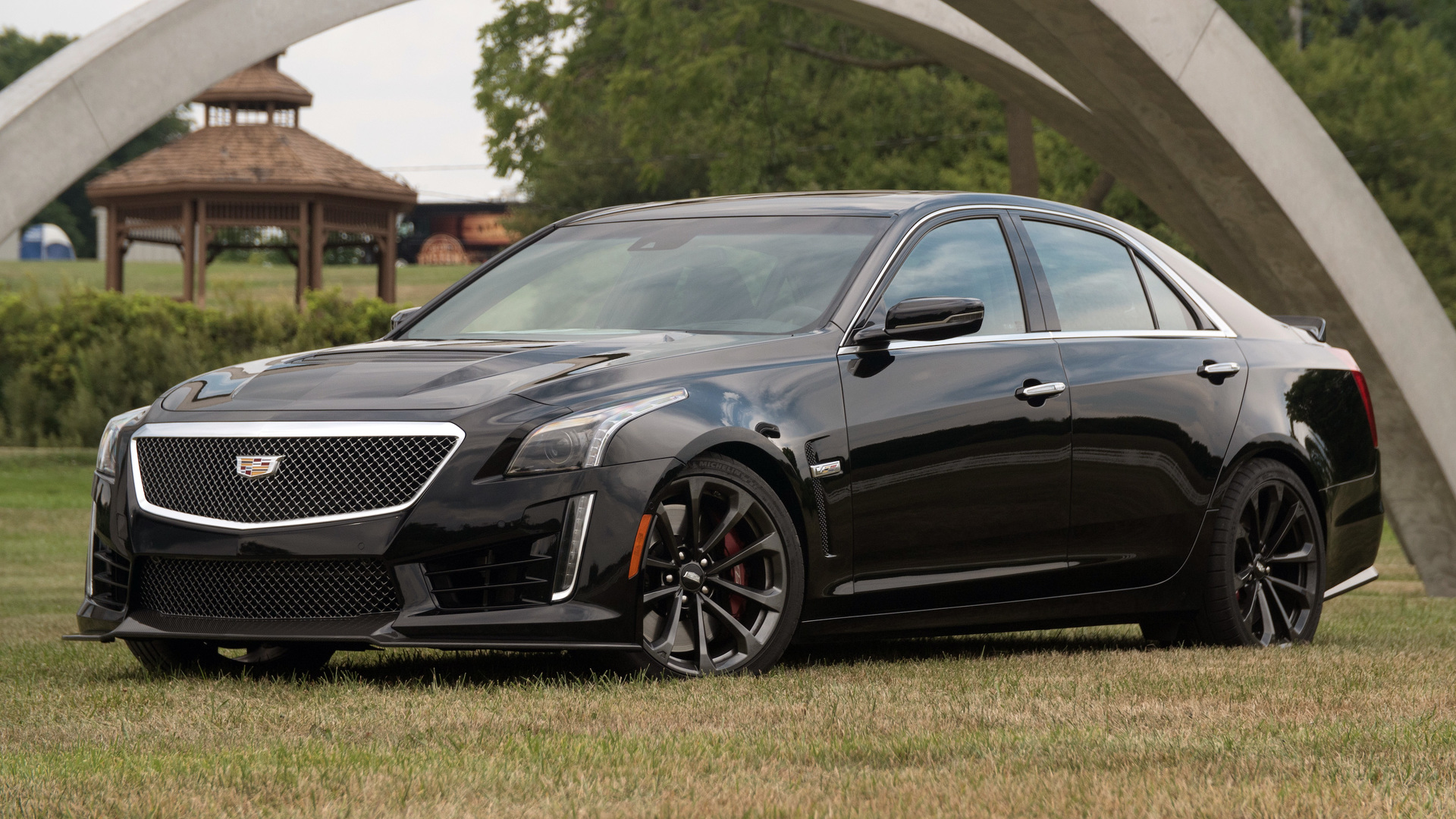
4. Cadillac CTS (First Generation)
The first-generation Cadillac CTS entered the luxury sedan market with high hopes but has since developed a reputation as an expensive and problematic vehicle that dealers typically avoid at auction. Although it was praised for its styling and performance when new, the CTS quickly revealed weaknesses in reliability, particularly with its transmission and electrical systems.
These recurring problems translate into costly repairs that dealers are reluctant to absorb when purchasing used models at auction. The expense and complexity of maintaining luxury features, such as electronic air suspension, advanced infotainment systems, and high-end safety equipment, further inflate the cost of ownership.
In addition, the first-gen CTS’s reputation suffers from a perception of poor long-term durability compared to both domestic and European luxury competitors. Vehicles in this segment rely heavily on brand prestige, and Cadillac’s mixed reliability record with this model has tarnished its image.
Buyers at auction prefer luxury cars that promise lower maintenance costs and better reliability, such as those from Lexus or Acura, which puts the CTS at a significant disadvantage. Dealers know they face longer reconditioning times and reduced resale prices, which discourages aggressive bidding.
The steep depreciation of the first-generation CTS exacerbates these challenges. Once considered a premium vehicle, it now suffers from rapid loss of value, often selling for a fraction of its original price.
This decline in resale value limits dealers’ ability to make a profit on these cars, and combined with repair risks, renders many CTS models effectively worthless at auction. The cumulative effect of high repair costs, weak demand, and sharp depreciation ensures that the first-generation Cadillac CTS remains a poor choice for auction buyers.

5. Jeep Compass (Early Models)
While Jeep’s reputation for rugged off-road vehicles is strong, early models of the Jeep Compass fall far short of that standard and are typically avoided by dealers at auction. Introduced as an affordable SUV option, the early Compass models are plagued by numerous reliability and quality issues, which include transmission failures, electrical malfunctions, and suspension wear that require expensive repairs.
These problems quickly add up, making early Compass vehicles costly and time-consuming to recondition, a major deterrent for dealers who rely on quick, cost-effective turnarounds.
The early Compass also suffers from a lack of strong resale demand compared to Jeep’s more iconic models like the Wrangler or Grand Cherokee. Buyers looking for a Jeep typically expect ruggedness and durability, but the Compass’s budget-oriented build quality undermines that image, limiting its appeal in the used market.
This narrow appeal reduces competition among auction buyers, leading to lower prices and slower sales. Dealers know that early Compass units often sit longer in inventory and require deeper discounts to move, which further depresses their value.
Furthermore, the Compass depreciates rapidly due to its mixed reviews and high maintenance costs, making it one of the least desirable vehicles at auction.
Even well-maintained examples tend to struggle to achieve reasonable prices, and the financial risk involved in reconditioning outweighs the potential profit for many buyers. These factors combine to leave early Jeep Compass models languishing on auction lots, effectively branded as worthless in the eyes of many dealers.
Also Read: 5 Cars That Sound Cheap But Last Forever and 5 That Sound Fancy But Fail
The used car auction landscape is a nuanced and ever-evolving marketplace where success depends heavily on the vehicle’s ability to command demand, withstand the test of time, and minimize ownership costs post-sale. Our examination of five cars that still sell robustly at auction and five that are typically deemed worthless reveals fundamental truths about what makes a vehicle valuable or problematic in these settings.
Vehicles like the Toyota Tacoma, Honda Civic, Ford F-150, Jeep Wrangler, and Toyota Prius continue to dominate auctions because they strike an ideal balance between reliability, broad appeal, and manageable maintenance costs. Their reputations for durability and strong resale value give dealers confidence, prompting competitive bidding and rapid sales turnover.
In stark contrast, models such as the Fiat 500, Chrysler 200, Nissan Versa, early Cadillac CTS, and Jeep Compass embody the pitfalls that can destroy resale value and auction desirability. Chronic reliability issues, high repair expenses, limited market appeal, and rapid depreciation consign these vehicles to the bottom of the auction hierarchy.
Dealers typically avoid them or bid conservatively, recognizing the increased risk of loss and slow inventory turnover. These “worthless” vehicles serve as cautionary examples of how brand perception, mechanical soundness, and consumer preferences intersect to influence a car’s fate in the resale market.
This dichotomy between auction darlings and castoffs underscores the critical importance of informed decision-making for all parties involved. Dealers benefit by focusing their bidding strategies on vehicles with proven market demand and low reconditioning costs, thus maximizing profitability.
Buyers gain an edge by targeting models that hold their value and offer reliable performance, reducing the risk of unexpected expenses. Sellers, whether individuals or fleet operators, can leverage this knowledge to time sales and select channels that yield the best returns.
Additionally, the auction market reflects broader shifts in consumer priorities, such as increased interest in fuel efficiency, environmental responsibility, and vehicle versatility. Hybrids like the Prius and vehicles with strong cultural appeal, such as the Jeep Wrangler, illustrate how these trends translate into sustained auction demand.
As technology advances and buyer preferences evolve, the list of desirable and undesirable vehicles will continue to change, demanding constant vigilance from market participants.
Ultimately, the key takeaway is that vehicle value at auction is not simply a matter of age or mileage, but a complex interplay of engineering quality, brand strength, market appeal, and ownership costs. Recognizing which cars reliably maintain value and which ones falter enables smarter auction participation and more profitable outcomes.
Whether you’re buying, selling, or investing in the used car market, understanding these distinctions is essential for navigating the auction world with confidence and achieving success over the long term.

